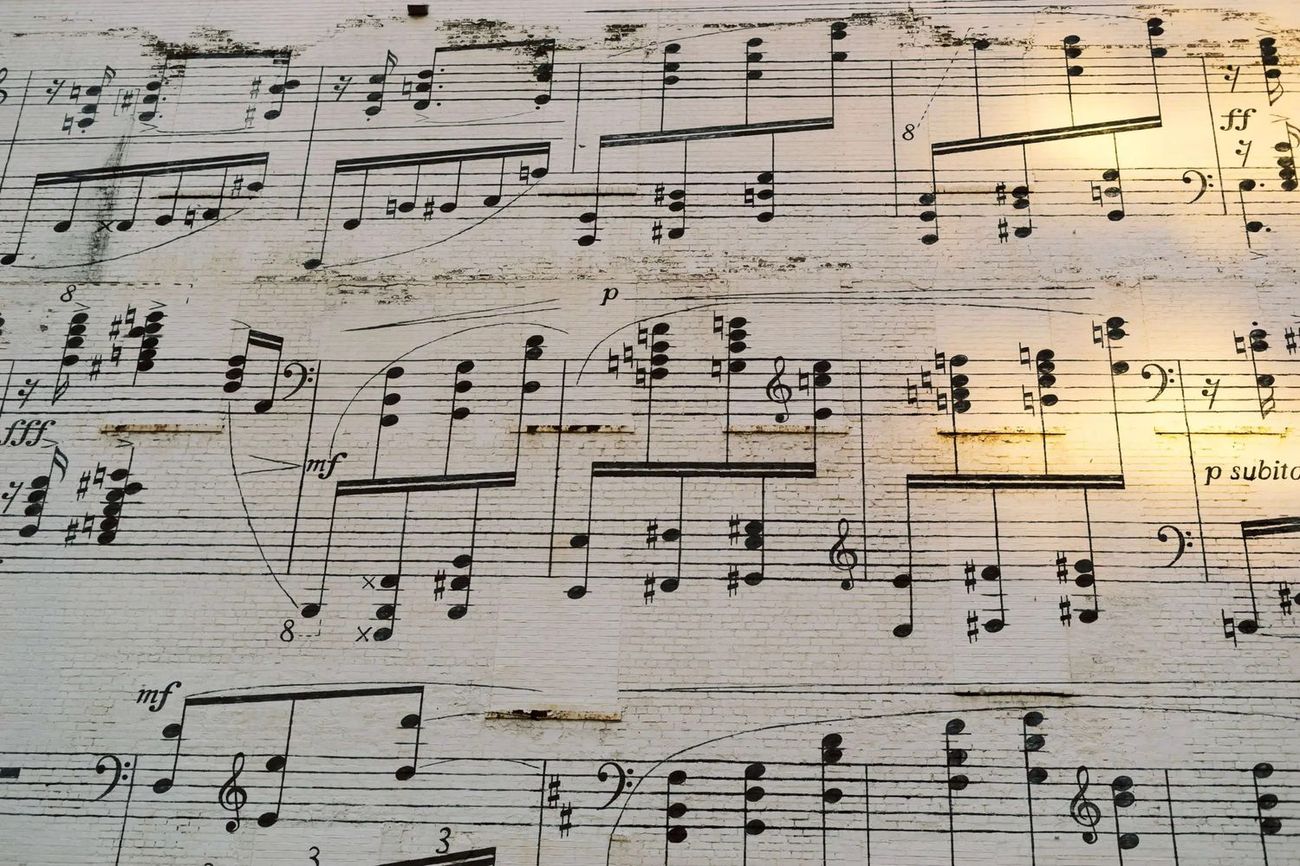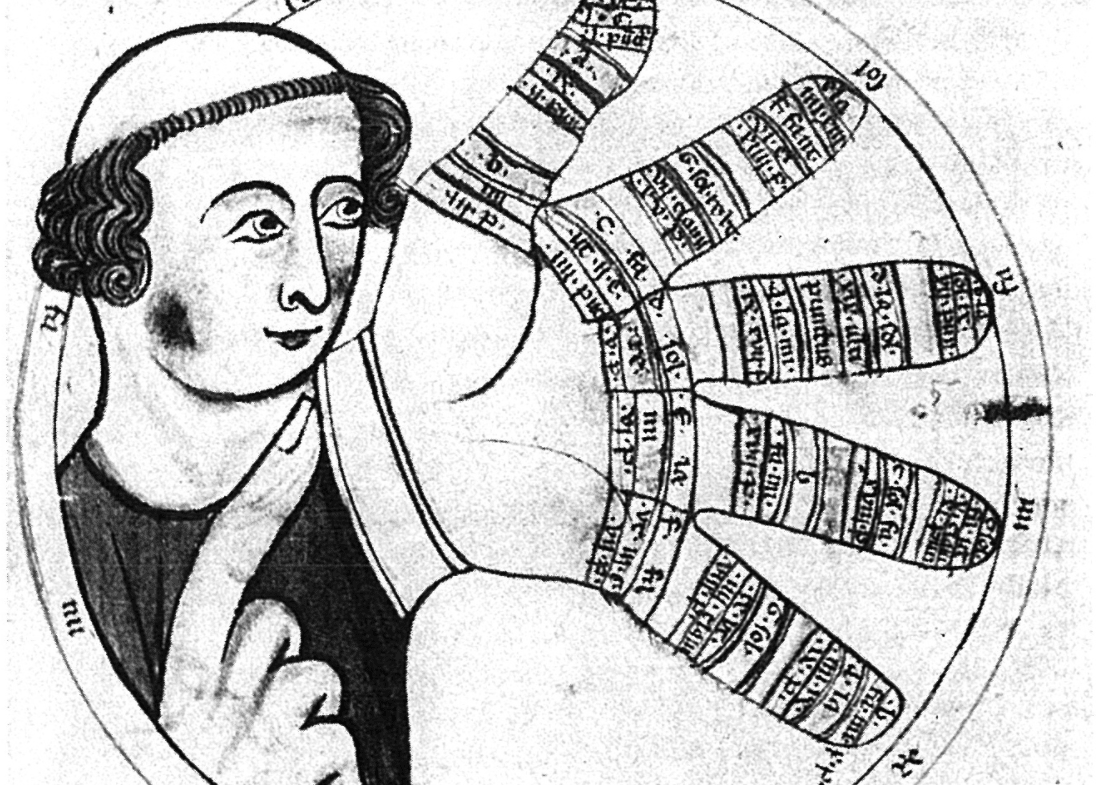When Was Sheet Music Invented - The roots of sheet music can be traced back to ancient civilizations where musical notations were rudimentary and often symbolic. The first machine created sheet music appeared in 1457, approximately 100 years after gutenberg created his printing press. The origins of sheet music date back to the earliest days of written music, when musicians would transcribe notes and melodies by hand. And what were the innovators who. The greeks, for instance, used letters of the alphabet to represent different pitches, laying. The first printed sheet music made with a printing press was made in 1473. Sheet music is the basic form in which western classical music is notated so that it can be learned and performed by solo singers or instrumentalists or musical. These were the great mediterranean civilisations of antiquity, and each one was gripped by the fashionable. But when did this practice become standard? Since sheet music was so complex, much of the earliest music printed required the notes to be added by hand.
The greeks, for instance, used letters of the alphabet to represent different pitches, laying. The origins of sheet music date back to the earliest days of written music, when musicians would transcribe notes and melodies by hand. Since sheet music was so complex, much of the earliest music printed required the notes to be added by hand. Sheet music is the basic form in which western classical music is notated so that it can be learned and performed by solo singers or instrumentalists or musical. The first machine created sheet music appeared in 1457, approximately 100 years after gutenberg created his printing press. These were the great mediterranean civilisations of antiquity, and each one was gripped by the fashionable. The first printed sheet music made with a printing press was made in 1473. Various types of music notation were developed thousands of years ago in ancient mesopotamia, greece and byzantium. But when did this practice become standard? And what were the innovators who.
The roots of sheet music can be traced back to ancient civilizations where musical notations were rudimentary and often symbolic. Sheet music is the basic form in which western classical music is notated so that it can be learned and performed by solo singers or instrumentalists or musical. The first printed sheet music made with a printing press was made in 1473. The first machine created sheet music appeared in 1457, approximately 100 years after gutenberg created his printing press. But when did this practice become standard? These were the great mediterranean civilisations of antiquity, and each one was gripped by the fashionable. Since sheet music was so complex, much of the earliest music printed required the notes to be added by hand. And what were the innovators who. The greeks, for instance, used letters of the alphabet to represent different pitches, laying. Various types of music notation were developed thousands of years ago in ancient mesopotamia, greece and byzantium.
How Music Was Invented The Evolution of Music
The first machine created sheet music appeared in 1457, approximately 100 years after gutenberg created his printing press. Since sheet music was so complex, much of the earliest music printed required the notes to be added by hand. Sheet music is the basic form in which western classical music is notated so that it can be learned and performed by.
The Night They Invented Champagne Frederick Loewe Sheet music for
But when did this practice become standard? Sheet music is the basic form in which western classical music is notated so that it can be learned and performed by solo singers or instrumentalists or musical. Since sheet music was so complex, much of the earliest music printed required the notes to be added by hand. The roots of sheet music.
When Was Sheet Music Invented Audiolover
The greeks, for instance, used letters of the alphabet to represent different pitches, laying. But when did this practice become standard? And what were the innovators who. The first machine created sheet music appeared in 1457, approximately 100 years after gutenberg created his printing press. Various types of music notation were developed thousands of years ago in ancient mesopotamia, greece.
The Night They Invented Champagne (from Gigi) Piano, Vocal, Guitar
But when did this practice become standard? The roots of sheet music can be traced back to ancient civilizations where musical notations were rudimentary and often symbolic. The first printed sheet music made with a printing press was made in 1473. Sheet music is the basic form in which western classical music is notated so that it can be learned.
How Was Musical Notation Invented? A Brief History How To Classical
But when did this practice become standard? Since sheet music was so complex, much of the earliest music printed required the notes to be added by hand. Sheet music is the basic form in which western classical music is notated so that it can be learned and performed by solo singers or instrumentalists or musical. The origins of sheet music.
Mabuhay Restop Dante Ursua+ & Ryan Cayabyab (Music) Dante Ursua
These were the great mediterranean civilisations of antiquity, and each one was gripped by the fashionable. Since sheet music was so complex, much of the earliest music printed required the notes to be added by hand. The origins of sheet music date back to the earliest days of written music, when musicians would transcribe notes and melodies by hand. The.
How was music invented? A medieval answer
And what were the innovators who. Since sheet music was so complex, much of the earliest music printed required the notes to be added by hand. The roots of sheet music can be traced back to ancient civilizations where musical notations were rudimentary and often symbolic. The first machine created sheet music appeared in 1457, approximately 100 years after gutenberg.
Last Night (arr. Guillaume Martin) by Wallen Sheet Music for
And what were the innovators who. Since sheet music was so complex, much of the earliest music printed required the notes to be added by hand. The origins of sheet music date back to the earliest days of written music, when musicians would transcribe notes and melodies by hand. But when did this practice become standard? Sheet music is the.
The Different Genres Of Music Throughout History BoySetsFire
The first machine created sheet music appeared in 1457, approximately 100 years after gutenberg created his printing press. The origins of sheet music date back to the earliest days of written music, when musicians would transcribe notes and melodies by hand. The greeks, for instance, used letters of the alphabet to represent different pitches, laying. But when did this practice.
Lerner & Loewe "The Night They Invented Champagne (from Gigi)" Sheet
These were the great mediterranean civilisations of antiquity, and each one was gripped by the fashionable. Sheet music is the basic form in which western classical music is notated so that it can be learned and performed by solo singers or instrumentalists or musical. The first printed sheet music made with a printing press was made in 1473. The roots.
The First Printed Sheet Music Made With A Printing Press Was Made In 1473.
And what were the innovators who. Various types of music notation were developed thousands of years ago in ancient mesopotamia, greece and byzantium. The first machine created sheet music appeared in 1457, approximately 100 years after gutenberg created his printing press. But when did this practice become standard?
The Origins Of Sheet Music Date Back To The Earliest Days Of Written Music, When Musicians Would Transcribe Notes And Melodies By Hand.
Sheet music is the basic form in which western classical music is notated so that it can be learned and performed by solo singers or instrumentalists or musical. Since sheet music was so complex, much of the earliest music printed required the notes to be added by hand. The greeks, for instance, used letters of the alphabet to represent different pitches, laying. The roots of sheet music can be traced back to ancient civilizations where musical notations were rudimentary and often symbolic.









